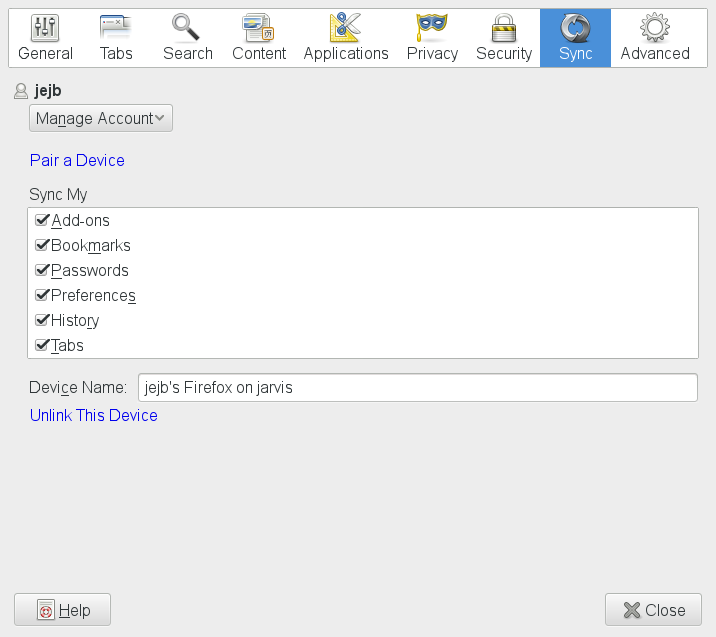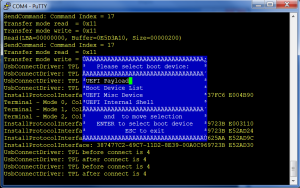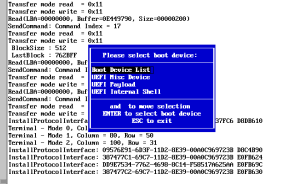In this post, I discussed why corporations are having trouble regarding the DCO as sufficient for contributions to projects using licences which require patent grants. The fear being that rogue corporations could legitimately claim that under the DCO they were authorizing their developers as agents for copyrights but not for patents. Rather than argue about the legality of this trick, I think it will be much more productive to move the environment forwards to a place where it simply won’t work. The key to doing this is to change the expectations of the corporate players which moves them to the point where they expect that a corporate signoff under the DCO gives agency for both patents and copyrights because once this happens for most of them (the good actors), the usual estoppal rules would make it apply to all.
The fact is that even though corporate lawyers fear that agency might not exist for patent grants via DCO signoffs in contributions, all legitimate corporate entities who make bona fide code contributions wish to effect this anyway; that’s why they go to the additional lengths of setting up Contributor Licence Agreements and signing them. The corollary here is that really only a bad actor in the ecosystem wishes to perpetuate the myth that patents aren’t handled by the DCO. So if all good actors want the system to work correctly anyway, how do we make it so?
The lever that will help to make this move is a simple pledge, which can be published on a corporate website, that allows corporations expecting to make legitimate contributions to patent binding licences under the DCO to do so properly without needing any additional Contributor Licence Agreements. Essentially it would be an explicit statement that when their developers submit code to a project under the DCO using a corporate signoff, they’re acting as agents for the necessary patent and copyright grants, meaning you can always trust a DCO signoff from that corporation. When enough corporations do this, it becomes standard practice and thus expectations on the DCO have moved to the point we originally assumed they were at, so here’s the proposal for what such a statement would look like.
Corporate Contribution Pledge
Preamble
It is our expectation that any DCO signoff from a corporate email address binds that corporation to grant all necessary copyright and, where required, patent rights to satisfy the terms of the licence. Accordingly, we are publishing this pledge to illustrate how, as a matter of best practice, we implement this expectation.
For the purposes of this pledge, our corporate email domain is @bigcorp.com and its subdomains.
Limitations
- This pledge only applies to projects which use an OSI accepted Open Source licence and which also use a developer certificate of origin (DCO).
- No authority is given under this pledge to sign contribution agreements on behalf of the company or otherwise bind it except by contributing code under an OSI approved licence and DCO process.
- No authority is given under this pledge if a developer, who may be our employee, posts patches under an email address which is not our corporate email domain above.
- No trademarks of this corporation may ever be bound under this pledge.
- Except as stated below, no other warranty, express or implied, is made on behalf of the contribution, including, but not limited to, fitness of the code for a specific purpose or merchantability. The entire risk of the quality and performance of this contribution rests with the recipient.
Warranties
- Our corporation trains its Open Source contributors carefully to understand when they may and may not post patches from our corporate email domain and to obtain all necessary internal clearances according to our processes before making such a posting.
- When one of our developers posts a patch to a project under an OSI approved licence with a DCO Signed-off-by: from our corporate email domain, we authorise that developer to be our agent in the minimum set of patent and copyright grants that are required to satisfy the terms of the OSI approved licence for the contribution.



